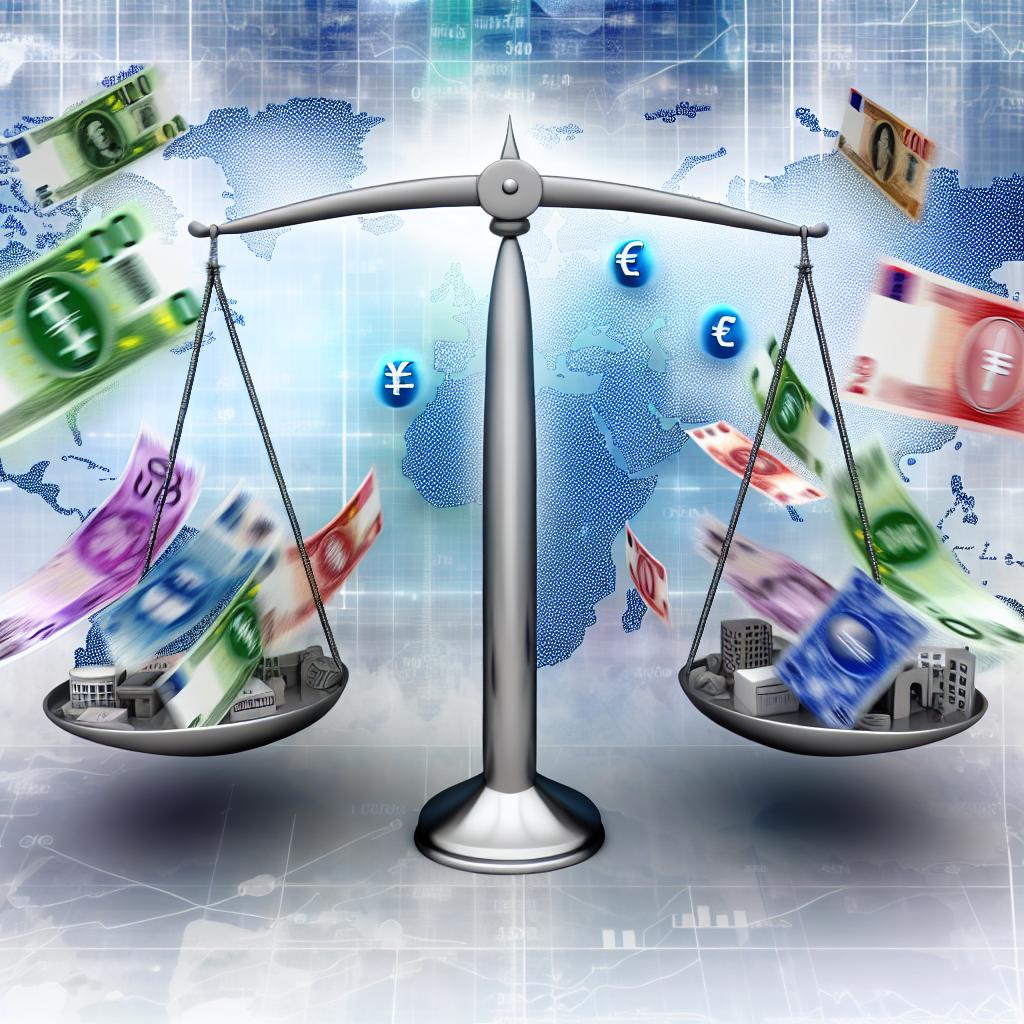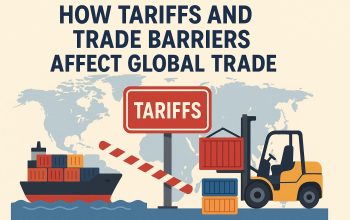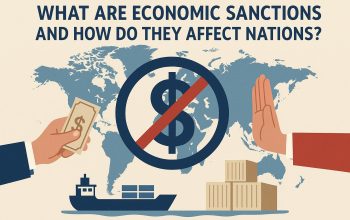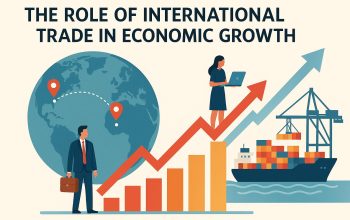Introduction to Exchange Rates
Exchange rates are a pivotal component of a country’s economic framework, contributing to its economic stability and growth. These rates are crucial as they determine the relative value of one country’s currency against another. This determination directly influences trade balances, inflation rates, and broader economic health, marking their significance in the economic arena. A comprehension of how exchange rates function provides insight into their extensive implications on both domestic and international economic landscapes.
Exchange Rates and Trade
Exchange rates exert a profound impact on international trade by affecting the pricing of exports and imports. When a country’s currency appreciates, it signifies increased value relative to other currencies. Consequently, this rise makes domestic goods more costly for foreign buyers, potentially leading to a reduction in exports. Conversely, a depreciating currency implies a decrease in domestic currency value, making exports cheaper and more attractive to foreign markets. This correlation highlights the critical importance of exchange rate fluctuations for businesses operating globally, as they influence competitiveness and profitability.
Impact on Inflation
The exchange rate significantly influences inflation primarily through the pricing of imported goods. When domestic currency weakens, imports become more costly, subsequently driving up consumer prices and contributing to inflationary pressures. In contrast, a stronger currency can alleviate inflation by reducing the cost of imports. This dual impact stresses the interconnectedness between exchange rates and inflation, underscoring the necessity for vigilant monitoring of currency value trends by both policymakers and businesses alike.
Impact on Foreign Investment
Exchange rates are integral to shaping foreign investment decisions. A stable and strong currency generally attracts foreign investors, who are willing to provide capital for economic development. However, significant currency fluctuations pose risks of depreciation and potential financial losses, which can deter investment. These dynamics illustrate the intricate relationship between currency stability and investment inflows, emphasizing the importance for nations to pursue economic policies that enhance currency stability and, thus, attract sustainable foreign investment.
Exchange Rate Policies
To manage economic environments, governments and central banks often adopt specific exchange rate policies. Nations may choose a floating exchange rate system, where market forces dictate currency value, thus adapting dynamically to economic changes. Alternatively, some countries opt for a fixed or pegged currency system, typically anchored to a dominant currency like the US dollar, aiming to maintain stability. Each approach presents its own merits and challenges, influencing how effectively a nation can adjust to global economic shifts and domestic economic conditions.
Monetary Policy Implications
The nexus between exchange rates and a country’s monetary policy is particularly noteworthy. Central banks might intervene in foreign exchange markets to stabilize or influence currency valuations, thereby affecting interest rates and monetary supply. For example, enhancing interest rates may attract foreign investment, thereby strengthening the currency. Conversely, lowering rates can stimulate domestic borrowing and spending. The proactive management of these levers is vital for maintaining economic equilibrium and fostering an environment conducive to growth.
Conclusion
The influence of exchange rates extends through various elements of the economy, from international trade facilitation to inflationary considerations, foreign investment attraction, and precise monetary policy implementations. Consequently, the type of exchange rate regime a country adopts substantially impacts its economic resilience and growth potential. In today’s interconnected global economy, understanding these exchange rate dynamics is crucial for policymakers and businesses in formulating strategies and making well-informed decisions. To delve deeper into exchange rates, readers might find valuable resources and detailed financial insights from reputable platforms such as Investopedia.
This article was last updated on: May 12, 2025




